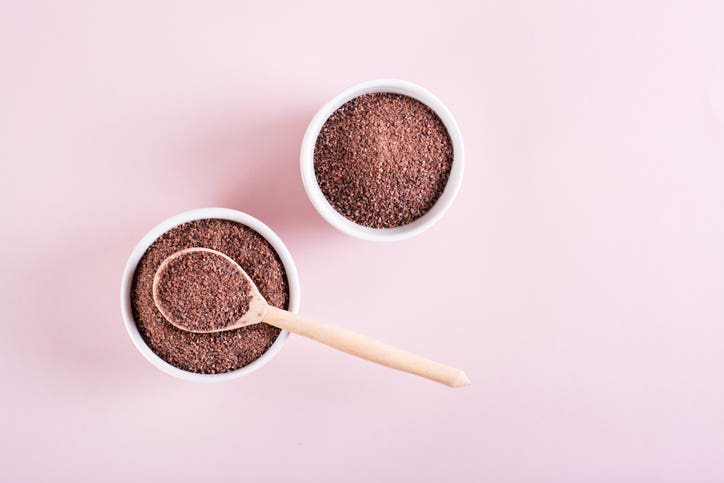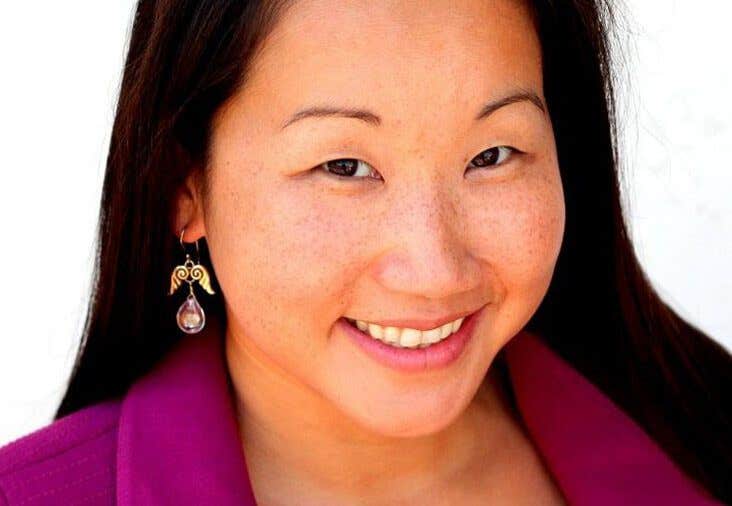We've talked before about how the sugar in whole foods (like fruits and vegetables) is necessary and healthy. The clarification that is not made enough by the media or by health professionals is the difference between sugar in its natural state and sugar that's been extracted from its natural package.
In this NutritionFacts.org video, Dr. Michael Greger explores the research on how much fruit we can eat in one day. We've also summarized his main points below.
In one study, scientists found that adding blueberries to meals can blunt the effect of high-glycemic foods. But how many berries do you need to eat to benefit?
If you eat a bowl of sugary breakfast cereal by itself, so many free radicals are created within two hours that your body goes into oxidative debt. The antioxidants in your blood drops to below where it was before breakfast. How many berries do you need to eat with the cereal to get a positive effect? One quarter cup of berries doesn't help much, but one half cup does.
What About Fruit for Type 2 Diabetics?
Most dietary recommendations for type 2 diabetics suggest eating fiber-rich foods including fruit. That's because fruit is healthy and has been shown to improve artery function and reduce cancer risk. However, some health professionals restrict the amount of fruit they recommend because they're worried about the sugar content of fruit.
But what does the research say? In one study, type 2 diabetics were put into two groups. One group was told to eat a minimum of two pieces of fruit a day, and the other was told to eat no more than two pieces of fruit a day. There were no positive effects or weight changes in the group that had reduced their fruit intake. (Editor's Note: There were also no positive effects on HbA1c or waist circumference in the reduced-fruit group.)
Therefore, the intake of fruit should not be restricted in patients with type 2 diabetes.
Fruit in Any Amount
New, emerging literature has shown that low-dose fructose from whole, natural foods may actually benefit blood sugar control. So having a piece of fruit with each meal could lower, not raise the blood sugar response. But what about fructose toxicity? The threshold for toxicity of fructose may be around 50 grams. The problem is, that that’s how much fructose the average adult consumes in one day. That means that half of all adults are likely above the threshold for fructose toxicity, and adolescents currently average 75 grams.
Is that the limit for added sugars or for all fructose? If we don’t want more than 50 grams and there’s about ten grams in a piece of fruit, should we limit our fruit consumption to five pieces a day? According to the Harvard Health Letter: "The nutritional problems of fructose and sugar come when they are added to foods. Fruit, on the other hand, is beneficial in almost any amount."
What do they mean almost? Can we eat ten fruits a day? How about twenty?
We don't have to guess. It’s actually been put to the test. In one study, seventeen people were made to eat 20 servings a day of fruit. Despite the extraordinarily high fructose content of this diet (about 200 grams per day, or the amount in 8 cans of soda), the investigators reported no adverse effects (and possible benefit actually) for body weight, blood pressure, insulin, and lipid levels after three to six months.
More recently, Jenkins and colleagues put people on a 20 servings of fruit a day diet for a few weeks with no adverse effects on weight, blood pressure, or triglycerides and an astounding 38 point drop in LDL cholesterol.
There was one side effect, though. Their bathroom habits became very regular.
So what's the bottom line?
Fresh fruit promotes good health and is an excellent source of calories. So when it comes to nature’s candy, feel free to enjoy it in abundance.

Related News
Get Our Best Price On The Forks Meal Planner

Forks Meal Planner takes the guess work out of making nutritious meals the whole family will enjoy.
Master Plant-Based Cooking!

Our new course features over 100 lessons, 50+ recipes, downloadable guides, and more!



